Featured
-

The Future of Shipping
Contents Introduction Decarbonization and Green Shipping Digitalization and Smart Shipping Autonomous Vessels Advanced Propulsion Systems Port Infrastructure and Logistics Regulatory…
Read More » -
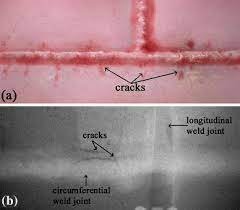
Dye Penetration Testing
Contents Introduction Purpose of Dye Penetration Testing Why Dye Penetration Testing is Used Process of Dye Penetration Testing Manufacturers Using…
Read More » -

Salinometer: Definition and Uses
A salinometer, also known as a salinity meter, is an instrument used to measure the concentration of salt in a…
Read More » -
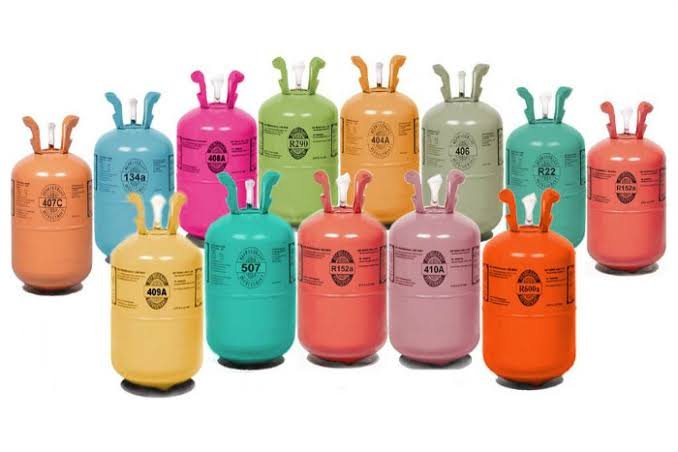
Types of Refrigerants Used in the Maritime Industry
1. R-134a (Tetrafluoroethane) Pros: Non-flammable and non-toxic: Safe for use in various applications. Stable and efficient: Good thermal stability and…
Read More » -
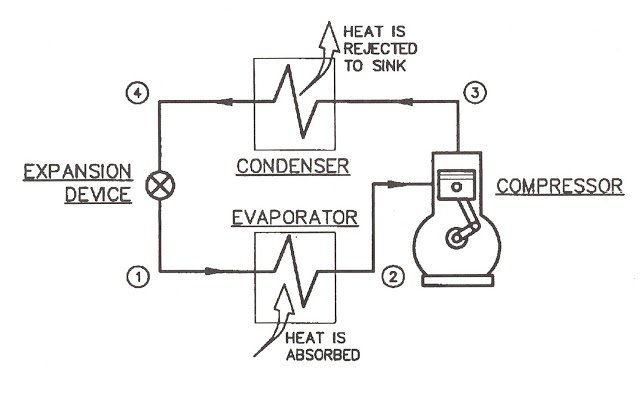
Marine Refrigeration
Introduction Refrigeration is a critical technology used across various industries, including the maritime sector. It plays a crucial role in…
Read More » -

Torsion Meters
Contents Introduction to Torsion Meters How Torsion is Measured Importance of Measuring Torsion Uses of Torsion Meters in the Maritime…
Read More » -
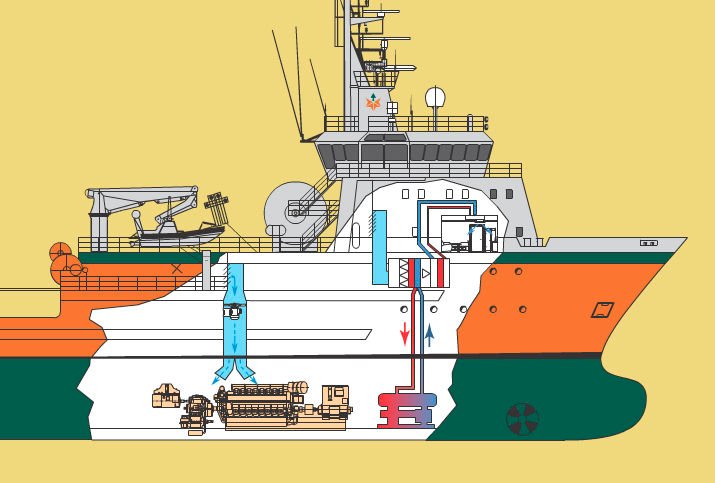
Air conditioning on ships
Contents Introduction to Air Conditioning on Ships Importance of Air Conditioning on Maritime Vessels Components of Shipboard Air Conditioning Systems…
Read More » -

Fire Detection and Alarm
Contents Introduction SOLAS Regulations for Fire Detection and Alarms Fire Detection and Alarm Systems on Oil Rigs Fire Detection and…
Read More » -

What is Port State Control ?
1. What is PSC:It is customary to respect law of the land. You will appreciate that I will have to…
Read More » -
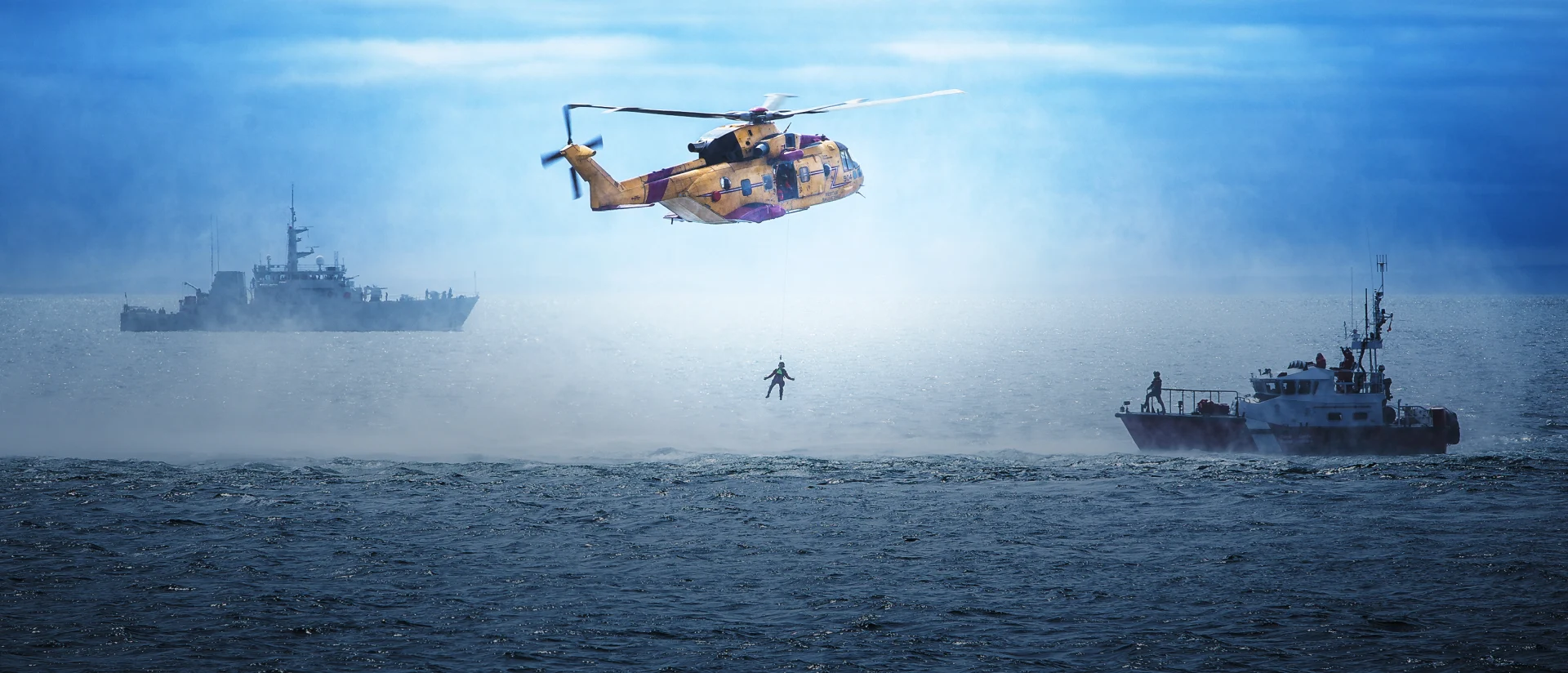
So Others May Live
Reflections from a Coast Guard Rescue Swimmer After a Long, Wild Ride, Coast Guard Rescue Swimmer Shannon Scaff Ponders a…
Read More »
